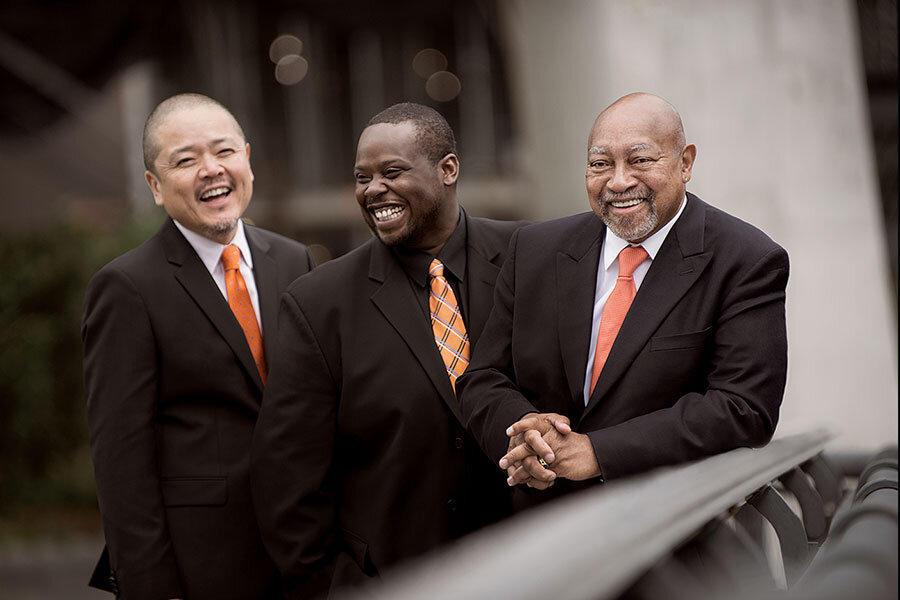Fifty years later, a look back at how the Monterey Jazz Festival changed culture
Known for its world-class aquarium and, most recently, as the setting for the Emmy Award-winning HBO miniseries “Big Little Lies,” the coastal tourist destination of Monterey, Calif., has a place in both jazz and popular music festival history.
The 60th Annual Monterey Jazz Festival (MJF), which took place in September, is one of the world’s longest-running jazz festivals. It was again held at the 81-year-old Monterey County Fair & Event Center, a location that has seen music history occur in both the jazz realm and beyond.
“It’s kind of like dressing up a pig. It works, and that’s what we’ve always done,” says MJF artistic director Tim Jackson of the Monterey County Fair & Event Center with an affectionate chuckle. “It’s got some juju.”
The MJF has hosted everyone from trumpeter/vocalist Louis Armstrong, vocalist Billie Holiday, and trumpeter Dizzy Gillespie in its first year to pianists Herbie Hancock and Chick Corea and violinist Regina Carter last month.
The MJF then inspired one of popular music’s most famous events; in 1967, the Monterey International Pop Music Festival was held June 16-18 (during the “Summer of Love”) at the same location as the MJF.
The tickets and other production materials for the pop festival were copies of what had been used for the MJF, notes Mr. Jackson, and the crew for the MJF was brought on as well.
Jimi Hendrix famously lit his guitar on fire at the pop festival, and many festivalgoers were first introduced to The Who, Otis Redding, and Janis Joplin there. Sitar maestro Ravi Shankar gained a new audience with his four-hour set.
“As a current-day producer of these things, you do look back historically with reverence and say, ‘Hey, where did this all come from?’ says Rick Farman, cofounder of Superfly Productions, which produces Bonnaroo and co-produces Outside Lands, of MJF. “It’s cool to be a part of that continuum.”






